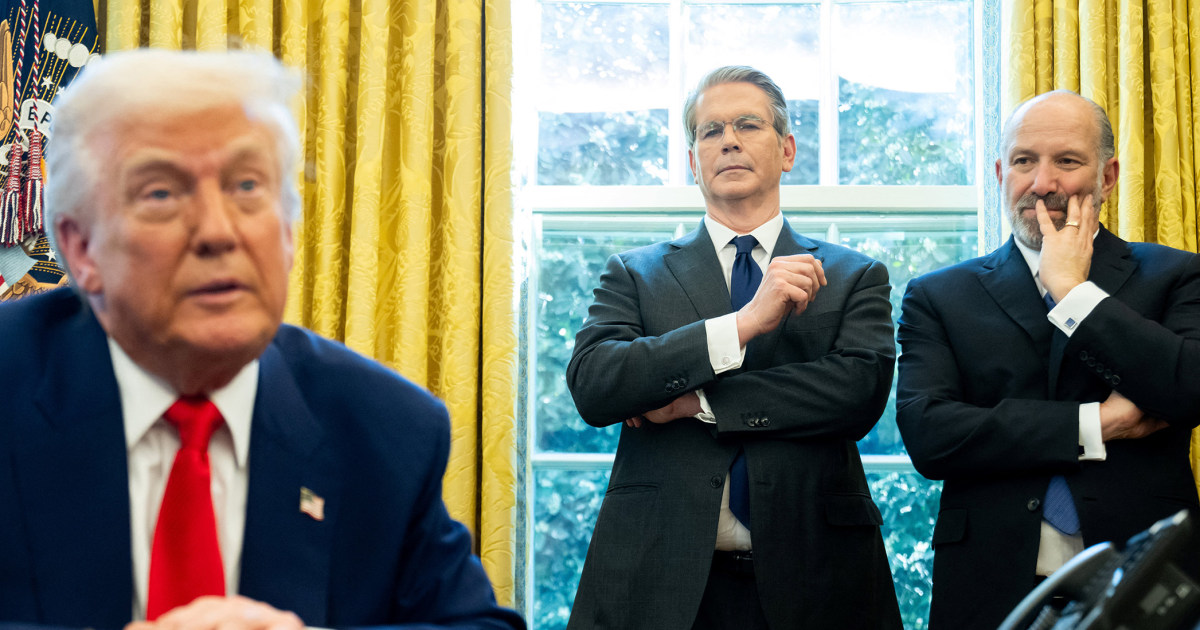Key takeaways:
- Recent financial market trends show a decline in demand for government bonds despite downturns in stock markets, raising concerns about investor confidence in the U.S. economy.
- Ongoing trade tensions, especially with China, are impacting various sectors, with American farmers facing challenges due to tariffs, particularly affecting soybean exports.
- The complex economic landscape is characterized by fluctuating financial markets and trade uncertainties, highlighting the interplay between government bonds, stock markets, and international trade.
In recent developments, the financial markets have been experiencing notable shifts, with government bonds and stocks displaying unusual patterns. Traditionally, government bonds, which are securities sold to finance government expenditures, are considered a “safe haven” investment. They are backed by the full faith and credit of the United States, offering a lower-risk alternative to stocks, which are generally perceived as riskier assets. Typically, bonds and stocks move in opposite directions, with bonds gaining popularity when stock markets are less favorable.
However, recent trends have shown a decline in demand for government bonds, even as stock markets have been experiencing downturns. This atypical behavior has raised concerns among global investors about their confidence in the U.S. economy. The situation is further complicated by ongoing trade tensions, particularly with China, which have had significant implications for various sectors, including agriculture.
In an interview with Neel Kashkari, the president of the Federal Reserve Bank of Minneapolis, on “Face the Nation with Margaret Brennan,” the impact of the trade war with China on American farmers was discussed. Kashkari highlighted the challenges faced by farmers, particularly in the Midwest, due to tariffs imposed by China. Soybeans, a major export product for states like Minnesota, have been significantly affected, with China being a key market for these agricultural products.
The combination of fluctuating financial markets and trade uncertainties underscores the complex economic landscape facing the United States. As investors navigate these challenges, the interplay between government bonds, stock markets, and international trade continues to be a focal point of economic analysis and policy discussions.



Be First to Comment